While I was living in Nara, Kyoto used to be one of my favourite places to hang out during the weekends. Unless I had a JR Pass lying around, I would generally take the Kintetsu local line from Nara to Kyoto. On-route, the train line passes through a wide stretch of paddy fields with a beautiful building standing majestically at the Heijo Palace site.
As the local train used to run past the heritage building, it used to captivate me each time, especially during my late-evening rides. Today I took out some time to explore the Palace grounds and capture its majestic persona, which at one point of time, used to be graced by the presence of emperors.
To understand the importance of Heijo Palace site, we need to go all the way back to the Nara Period (710-794 CE). It is said that the Japanese empire was born from Yamato Imperial dynasty, towards the end of the 7th century which also coincided with the end of the Asuka period. Before the last of the emperors of the Yamato kindom – Emperor Monmu passed away, he expressed his will to have his mother succeed him till his son would be mature enough to assume the imperial position.
One of the first actions taken by the Empress Genmei, was relocating the capital to Nara, which provided an auspicious location surrounded by mountains on three sides. In those times this region was known as Heijo-kyo. Empress Genmei, during her reign between 707 through 715 CE, established this region as her capital and commissioned many new Buddhist temples as well as moving and rebuilding older ones. Except for a five-year period (740–745), when the capital was briefly moved after the death of the emperor, it remained the capital of Japanese civilization until Emperor Kanmu established a new capital in Nagaoka-kyō in 784.
How to reach Heijo Palace Grounds
Because we stayed near Kintetsu Nara Station, we took the Nara Kotsu bus #12 from the nearby bus stand to Saki-cho bus stop. The ride takes about 20 minutes and the bus will drop you just beside the Daigoku-den Hall near the Heijo Palace Site Museum. As an alternative route, you can catch the Kintetsu-Nara local and get down at Yamato-Saidaiji. From there it is a 12 minute walk to the Heijo Palace site.
The bus route involves less walking and you can buy an all day bus pass that costs ¥500, if you are planning for an all day outing around Nara.
Origins of Heijo Palace
Heijo-kyo became the site of the Imperial capital when it moved from Fujiwara near Asuka in 710, thus establishing the Nara Period of Japanese history. It is said that the capital was designed on the model of the Chinese city of Chang’an, present-day Xi’an.
In its heydays, Heijo Palace site covered an area of about about one square kilometer. The site used to have on its premises the emperor’s residence as well as numerous government offices. For its great historical and cultural importance, the excavated remains of the palace, and the surrounding area, were established as a UNESCO World Heritage Site in 1998.
Although the palace site once stood as the majestic center of the ancient capital, all of its original buildings were eventually lost, with the exception of a single hall that was moved in the 8th century and now stands at Toshodai-ji Temple.
When the capital was moved away from Heijo-kyo in 784, Heijo Palace site and its adjoining government buildings were abandoned as officials and other citizens flocked to the new capital. The temples on the outskirts of the former capital, however, retained their importance, and the city of Nara eventually resumed its growth around these temples, while the palace grounds and its surrounding areas were reduced to paddy fields and waste grasslands.
As the bus dropped us off, we found ourselves in rural atmosphere. There were hardly any houses for as far the eye could see. Far away from the hum-dum of Nara park, the Heijo Palace site, sits quietly, rarely frequented by the hoards of tourists that flock to Nara.
The government however has gone to considerable lengths to showcase the history of Heijo Palace for visitors with historical reconstructions and museums. We decided to explore the museum first, gain some extra insight before going on to the ruins of the site itself. One of the first things you will notice inside the museum is excavations of a burial ground.
The Nara National Research Institute for Cultural Properties has conducted research and investigation of the site on a continual basis since 1959. Some other artifacts from the original palace building have been secured here like this shaft from the well inside the Imperial domicile area.
Here we see excavated remains of the roof tiles of the buildings surrounding the palace. Traditional Japanese roof tiles, Kawara are a highly visible and elaborate component of Japanese architecture. They display a technical and artistic sophistication while being highly functional.
Tiles of terracotta and clay were introduced to Japan in the sixth century and became popular immediately. These strong tiles could be easily made using locally sourced and readily available clay, they were fireproof and naturally water resistant, an important consideration in a country with heavy snow and rainfall.
In addition, the hall exhibits miniature models of the Imperial Palace and government offices from the Nara period. If you observe closely, these models used roofs instead of tiles. Such roofs were known as Warabuki. In this process, dried straw is tied into bundles which are then tied to the roof structure, with upper bundles overlapping the lower ones. The Warabuki roofs provided good protection from the snow and rain, but they were also susceptible to catching fire quite easily.
In the image below you can see an artists representation of how the Palace grounds used to look at the time when Nara was the capital of Japan. In the center of Heijo-kyo, there used to exist a 74-meters wide Suzakuoji Street extended straight from Rajomon Gate, the south gate to the capital. The western and eastern area of this street was respectively called Ukyo and Sakyo.
The planning of the capital was based on the Jobo system to layout the streets in a grid-like pattern. It is said that more than 100,000 people lived in Heijo-kyo during this period. Exploring the exhibits at the museum will take you about an hour.
As we came out into the bright daylight outside the museum, there are just ruins stretching far and wide. These are the base of the columns of the Latter Audience Hall. It was built on the orders of the Emperor Shomu after the capital moved back to Nara from Shigaraki in 745 CE. All that remains now of the Latter Imperial Audience Hall are the excavated foundations of the hall and the nearby ruins.
From here we walked down to the Daigoku-den. Three major structures of the former palace complex have been reconstructed in recent decades. Foremost among them is the Former Audience Hall (Daigoku-den) which was recreated during the 1300th anniversary of Nara becoming Japan’s capital in 2010.
The emperor and empress lived, worked and received visitors in the imperial domicile section. It was surrounded by a roofed walkway, divided lengthwise by an earthen wall. The building is called the “former” audience hall, because it was replaced by the “latter” audience hall in the second half of the Nara Period.
The large audience hall was used as the site of important ceremonies and meetings. Its ceiling is decorated by the four animals of the direction on the compass and the twelve animals of the lunar calendar. A throne stands in the center of the hall. The building is called the “former” audience hall, because it was replaced by the “latter” audience hall in the second half of the Nara Period. The latter audience hall’s foundations are visible to the east of the former audience hall.
The reconstruction was started in 2001 and completed in 2010. For the reconstruction, Japanese cypress wood was used. The building’s pillars and beams were painted in vermilion, the walls in white, the roof with ceramic tiles. The upper part of the interior of the hall was painted with symbols of the Chinese zodiac such as the Tiger, the Horse and the Ox alongside the walls, and floral pattern on the ceiling. The paintings were executed by the renowned painter Atsushi Uemura based on designs from the Nara period.
Inside the Daigoku-den hall, you can find many replicas created using historic documents left behind by people from the same period. This is a replica of the Shibi ( 鴟尾 ) that used to adorn the palace. A shibi is a Japanese ornamental tile set on both ends of the ridgepole that tops a shingled roof of Japanese castles and other important structures.
Here you can see the ornament that used to adorn the center part of the roof between the two Shibis.
In the center of the audience hall you can find a replica of the emperor’s throne, called Takamikura (高御座). This was an important item that symbolised the imperial office, and at state events such as the enthronement and New Year’s Day ceremonies the emperor proceeded to the audience hall and took his seat on the throne. Nobles lined up in the inner court south of the hall and paid their respect.
With no records of the construction or design of the Takamikura of the Nara period, the details are unknown. The reconstructed model of the Takamikura was made after experts consulted various literature and historical materials, and based on the throne in the Kyoto Imperial Palace which dates to the Taishō era. Details of the design and patterns were created by referring to materials such as the treasure of the Shōsōin repository.
After exploring the audience hall, we walked down tords the next compelling structure on the premises – Suzakumon Gate
The Suzakumon Gate
The placement followed the ancient Chinese palace model requirements at the time, where Suzaku (朱雀 Suzaku), the Vermilion Bird was the Guardian of the South. Research for the restoration of Suzakumon Gate started with excavations at the former site in 1964, and the production of a one-to-ten scale miniature model in 1965. In 1993, it was decided that the gate of Nara would be reconstructed.
In front of the Suzaku Gate, ceremonies were conducted on New Year’s Day and for welcoming or farewelling foreign envoys. In addition, ancient men and women exchanged their love songs there, calling it utagaki. The magnificent gate has an air of dignity as the front gate of the Palace.
It proved extremely difficult to work out what Suzakumon had looked like, as there were no surviving structural remnants. A conjectural model was developed, based on comparable architecture elsewhere, and the new gate was constructed from a mixture of traditional building materials (cypress wood and tiles) and concrete, in order to resist earthquakes. The reconstructed gate was opened in 1998.
As per old records, various ceremonies were conducted on New Year’s Day and other important occasions in front of the Suzaku Gate. In addition, men and women in those times exchanged their love songs here, during the celebration of <em>utagaki</em>. Villagers would sing and dance along with reciting of poetry, in celebration of the beginning of spring or autumn.
Many of the songs and poems, as well as accounts of the ritual itself, are recorded in the Man’yōshū and other contemporary documents, making them among the oldest forms of literature in Japan. These traditions, albeit in a modern way, have still been kept alive and if you find yourself in Nara around August, you must visit the site.
Suzakumon Gate was protected by guards and was usually closed. Its magnificent appearance as the main gate to the palace exhibited the authority of the government inside and outside.. The magnificent gate certainly has an air of dignity befitting the front gate of the Palace.
In front of the Suzakumon Gate lies a statue of Tanada Kajuro. At first I thought it was the statue of one of the emperors but you will be surprised that he was a local gardener who worked dedicatedly for protection of the heritage site.
After the capital was transferred from Nara to Nagaokakyo, various attempts were made to return the capital to Heijokyo, but as time passed, the ancient capital was in ruins as nature slowly took back the city.
Around the end of the Edo period, Kitaura Sadamasa started research on the site of Heijokyo. Then, at end of the Meiji Period, research by Sekino Tadashi and Kida Sadakichi revealed the appearance of the ancient capital of Nara. In between the Meiji and Taisho period, local people including Tanada Kajuro along with Mizobe Bunshiro launched a movement to preserve the former site of Daigoku-den.
If you are willing to stay the evening you can capture some breathtaking shots of the palace. As light falls, the palace is illuminated. It appears as if any moment, we will be transported to the times when the Emperor would address his subjects during ceremonies.
As light falls, the palace is illuminated. The Former Imperial Audience Hall (Daigokuden) at the northern end of the palace was the largest and most important building in the complex. Here the Emperor had his throne and addressed his subjects on New Year’s Day just as the present Japanese emperor still does on January 2nd.
Thanks for reading! I look forward to your comments and questions. If you are looking to explore more of the Mie region, follow my story as I visit the married rocks of Futami
9:00 to 16:30 (Last Admission 16:00)
Every Monday (If Monday is a national holiday, on Tuesday)
31st December
1st January
Free
Disclaimer: The information presented in this article is based on the time I visited the premises. Note that there might be changes in the prices of merchandise and admission fees that might have occurred after this article was published. At times the facility might also be closed for repairs or for variety of other reasons. Kindly contact the facility or facilities mentioned in this article directly before visiting.
Usage of this site indicates acceptance of my Terms and Conditions.
Credits: The historical information presented herein is gathered mostly from local guides that were re-inforced via historical writings.
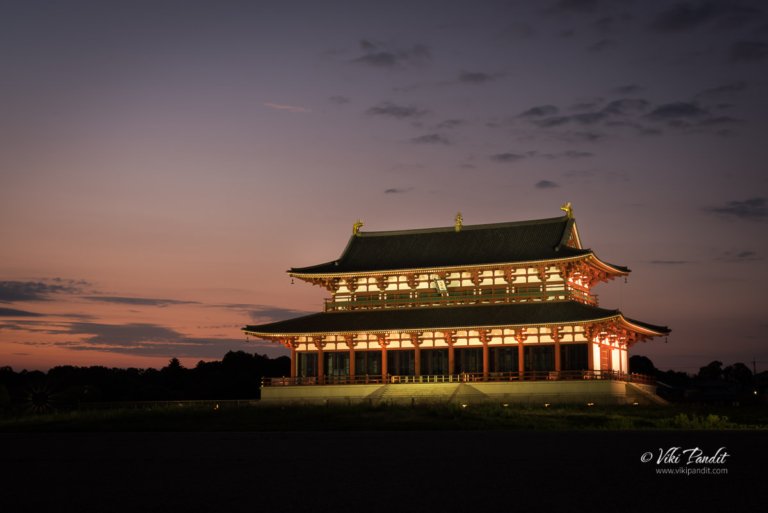
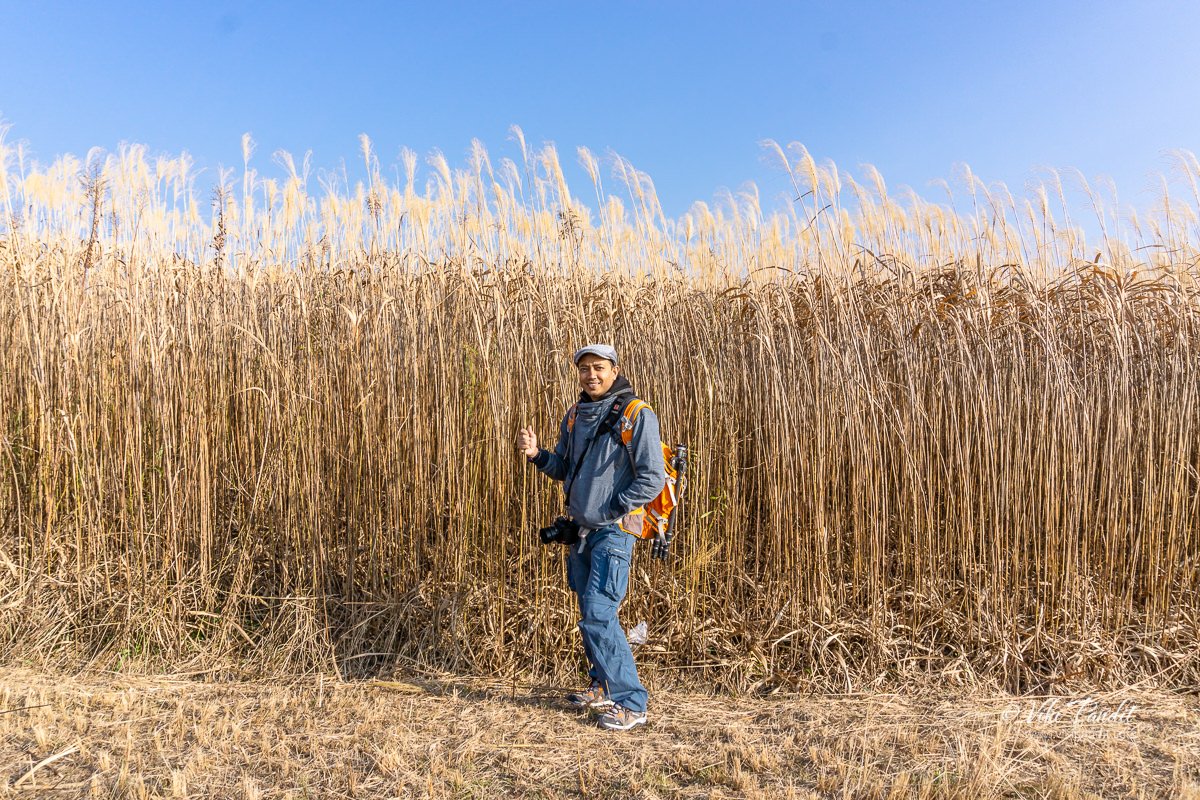
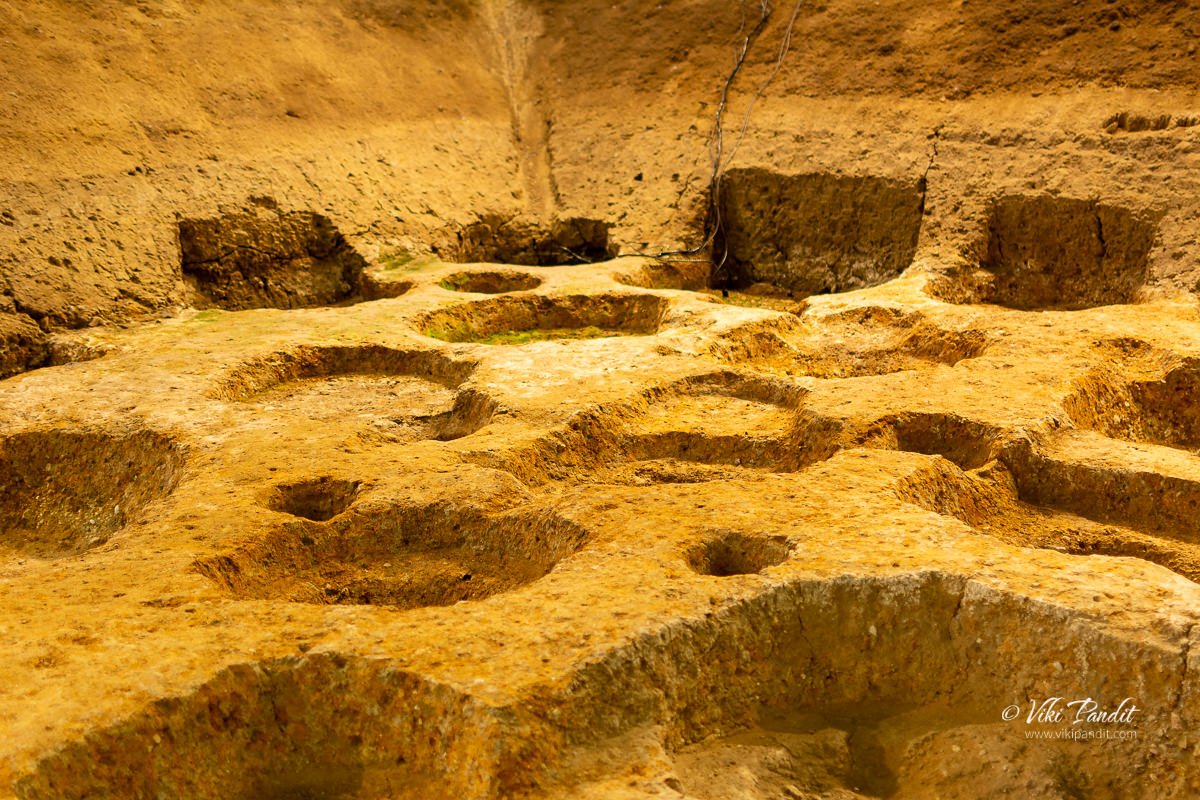
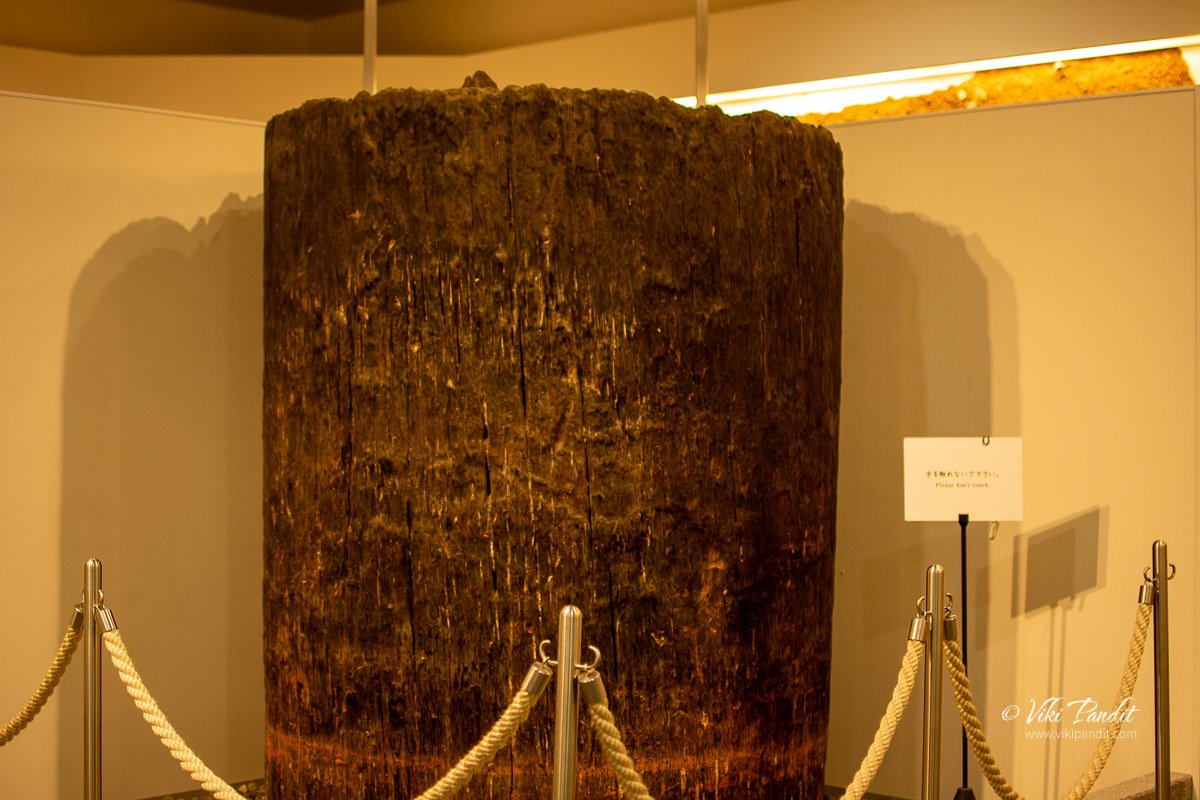


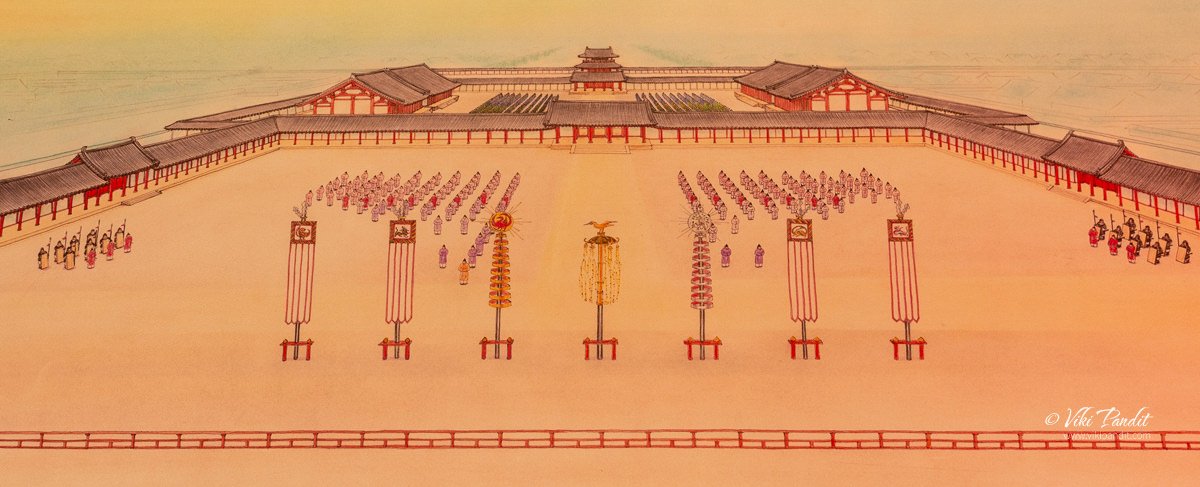


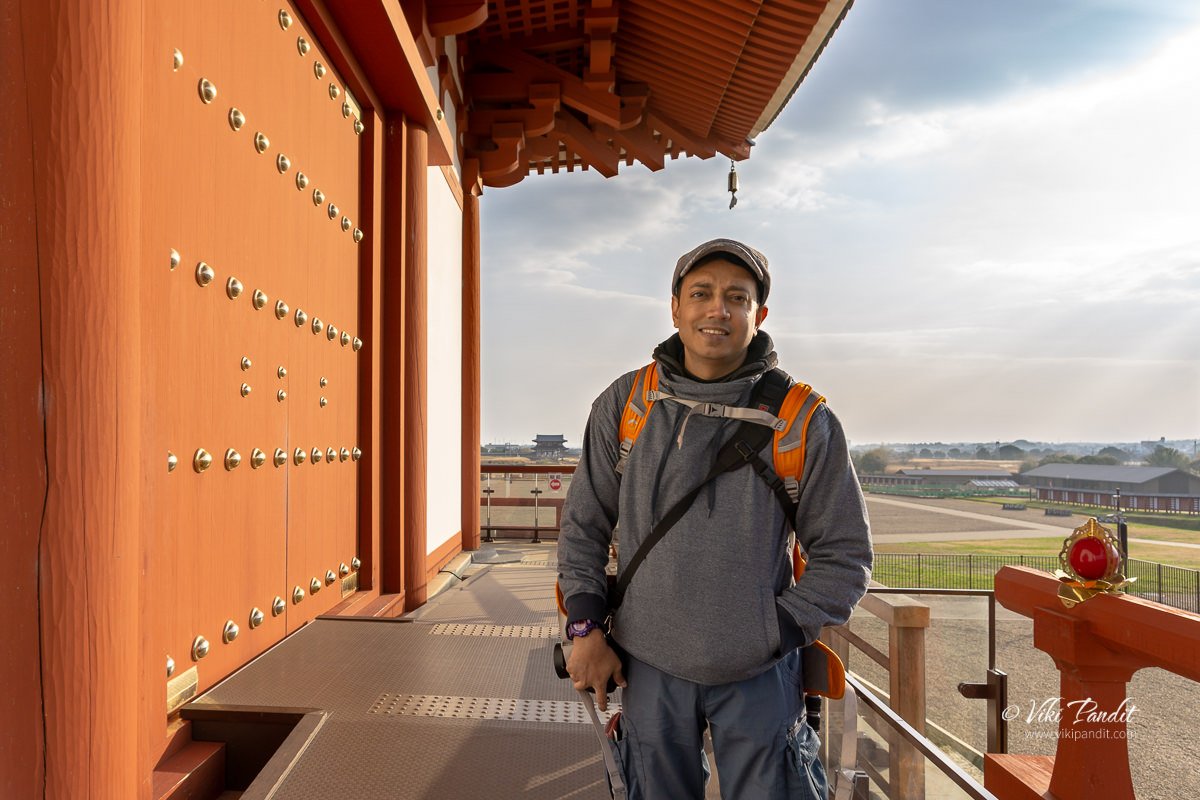






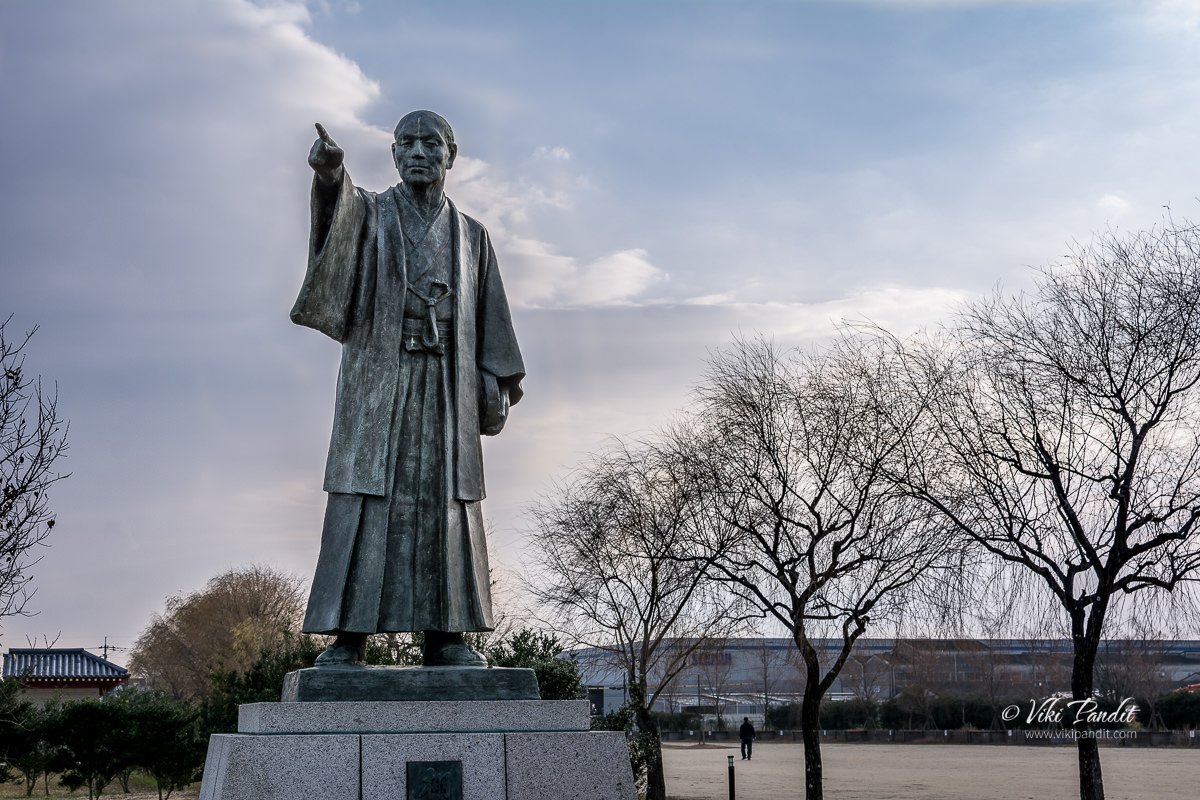


I also visited this Temple in August 2024. It is really a wonderful Temple which requires more time to see all the details. Narayan dear park and these temples are worth to see. My Indian friend has described very well. I am also writing the things which I saw during my Japan visit and preparing a book for Marathi readers’ Chala jag phirya ‘